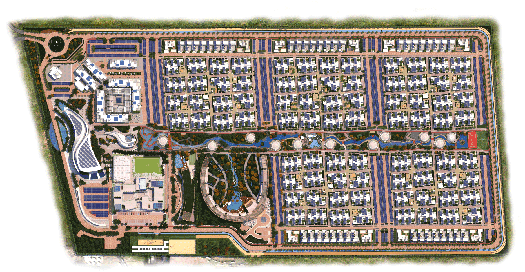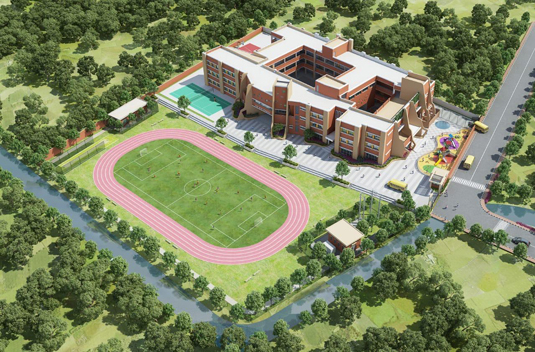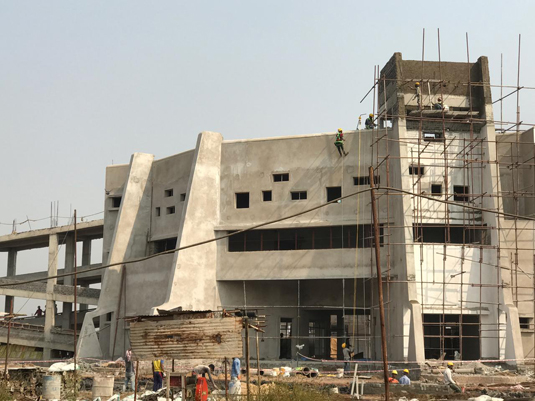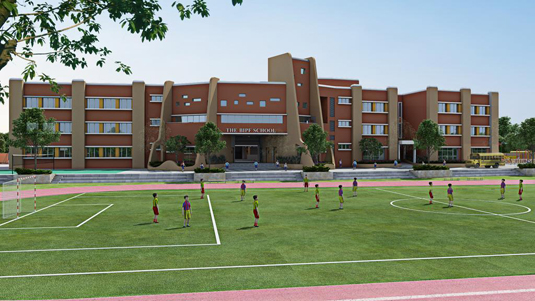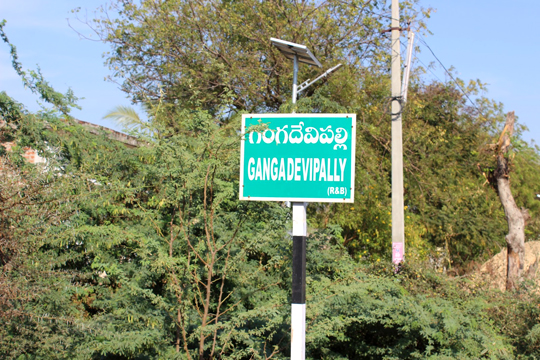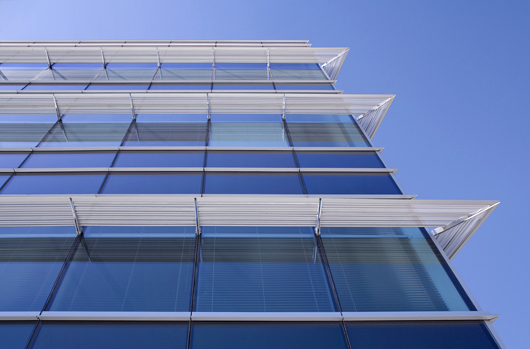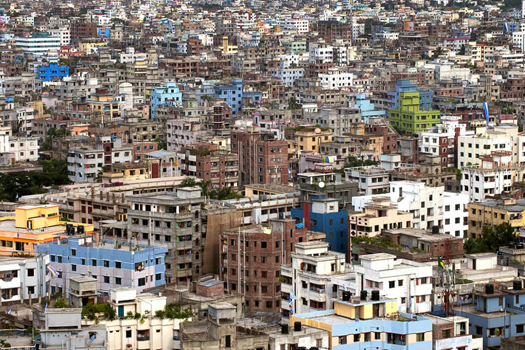The Sustainable City, a housing development in Dubai with 3,500 people already living there and it's still not quite complete. Sustainable City is an amazing achievement. It is a stark lesson to building contractors the world over. It's not more expensive to build and it's remarkably cheaper and more efficient to live in. In fact, Sustainable City is the first operational net zero energy city in Dubai, modeled to become an international showcase for high quality sustainable living.
A new housing development,it recycles water and waste and produces more energy than it consumes. Further out in the desert, Dubai is building a giant solar power plant that will soon be producing some of the cheapest and cleanest electricity on Earth.
The UAE aims to have 75% of Dubai's energy come from clean sources by 2050. If the city pulls that off, it would have the smallest carbon footprint in the world.
A new housing development,it recycles water and waste and produces more energy than it consumes. Further out in the desert, Dubai is building a giant solar power plant that will soon be producing some of the cheapest and cleanest electricity on Earth.
The UAE aims to have 75% of Dubai's energy come from clean sources by 2050. If the city pulls that off, it would have the smallest carbon footprint in the world.

